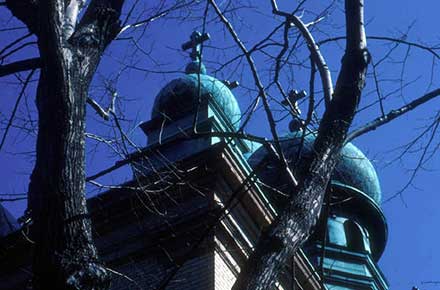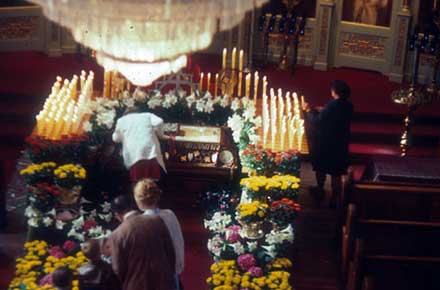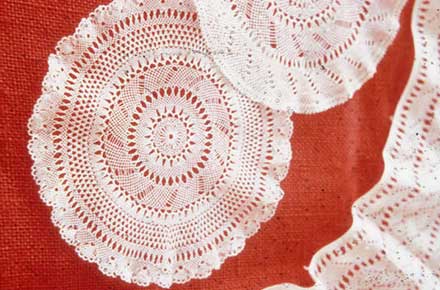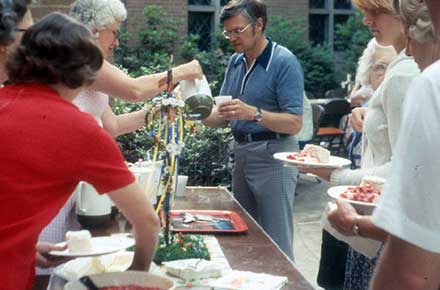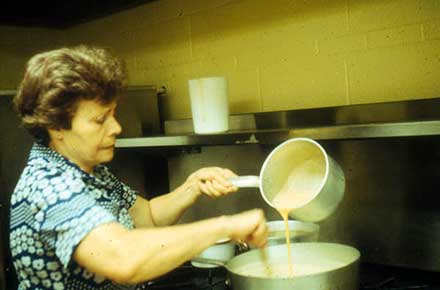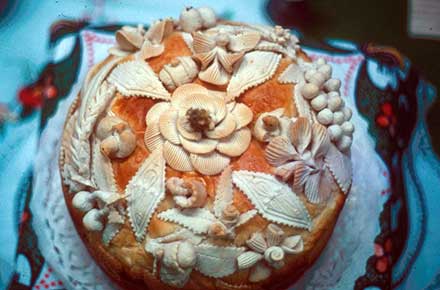The Greater Cleveland Ethnographic Museum Collection
The Greater Cleveland Ethnographic Museum was established in 1975 to preserve the traditions and histories of Cleveland ethnic communities. Although the museum closed in 1981, it was able to capture and document the experiences of immigrants by recording and transcribing oral histories, taking pictures of festivals and traditions, recording the music and dances of ethnic communities, and by displaying exhibits at their downtown gallery at The Arcade. The museum grew out of a Bicentennial Heritage Committee which focused on recording individuals' narratives, and collecting and cataloging cultural objects.
This digital collection seeks to highlight the museum as well as some of its artifacts, both created and collected through the efforts of the museum.
Overview of this collection
- Finding Aid for Collection
- Ethnic Neighborhoods, Traditions & Festivals Images
- History of the Museum
- Cleveland Press Articles
- A Step in Time Video
- Balkan Slavic Music Project
- Immigrant Experience Project
The images, musical recordings, and documents reproduced here are part of the Greater Cleveland Ethnographic Museum Collection and the Cleveland Press Archives in Special Collections at the Michael Schwartz Library, CSU.
Acknowledgements
This collection would not have been possible without the support and generosity of former museum workers, Annette Fromm, Carole Kantor, and Walter Mahovlich. Annette Fromm and Carole Kantor loaned their personal collections for digitization and generously granted Cleveland State University Library the permission to share the resulting files online. Walter Mahovlich also graciously granted us the permission to digitize the Balkan Slavic music album, Nova Domovina: A New Homeland. Kent State University School of Library and Information Science student, Kiffany Francis, digitized and cataloged the materials displayed in the this exhibit under the supervision of Bill Barrow, Special Collections Librarian, and Joanne Cornelius, Digital Production Unit Supervisor. Additional research and writing on this collection was done by Caroline Bruno, a Kent State University SLIS student, in the summer of 2006. The resources and equipment of Cleveland State University Library made this exhibit possible.

